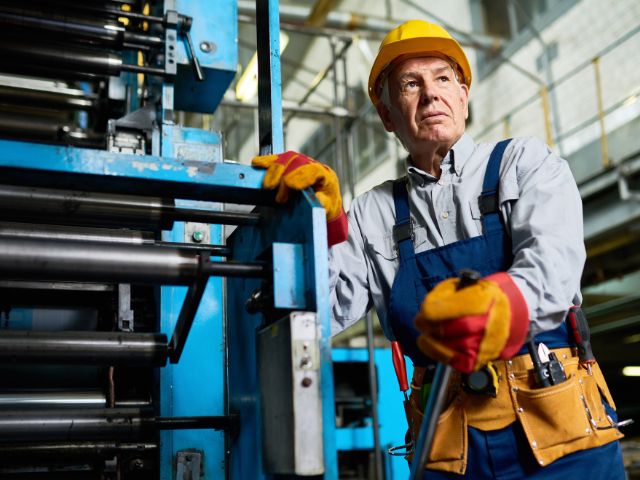
 health
health 
As a metalworker, you understand the importance of safety in your workplace. Working in a machine shop involves many potential hazards, including accidents with machinery and exposure to hazardous chemicals.
To protect yourself and your employees, you should create a strong safety culture in your workplace. Safety culture is more than preventing accidents; it’s also about prioritizing best practices, encouraging responsible and accountable behavior, and emphasizing the importance of preventative measures throughout your shop. Discover some of the most effective ways to implement a strong safety culture in your machine shop with this guide.
Make sure you always have personal protective equipment (PPE), such as gloves and safety glasses, for employees to wear in the shop. Having adequate PPE will reduce the risk of employee injuries, so invest in equipment for the job, and perform routine checks to catch and replace damaged equipment.
Remember that PPE is only part of the solution. You must also ensure workers follow best practices regarding how to wear PPE and other measures they can take to stay safe. For example, metalworkers should follow best practices for hand protection, including keeping their hands dry and implementing ergonomics. This will help your team make the most of PPE and stay safe while on the job.
One of the best ways to promote a strong safety culture is by investing in training for all employees. Make sure everyone understands the potential hazards of their job and how to use machinery and equipment safely. Every new worker should go through the same training program so that they follow best practices from day one. Additionally, implement routine safety training to help existing employees stay updated on shop procedures and safe equipment usage.
A strong safety culture relies on everyone being accountable for their actions and taking responsibility for safety. Encourage employees to report unsafe conditions or feedback, and provide the necessary resources to address those concerns. This may involve an open-door policy, anonymous reporting channels, or review processes that give employees opportunities to share feedback. Routine safety audits can identify potential hazards, evaluate the effectiveness of current safety programs, and help you work with employees to fix any problems with your current safety procedures.
24World Media does not take any responsibility of the information you see on this page. The content this page contains is from independent third-party content provider. If you have any concerns regarding the content, please free to write us here: contact@24worldmedia.com